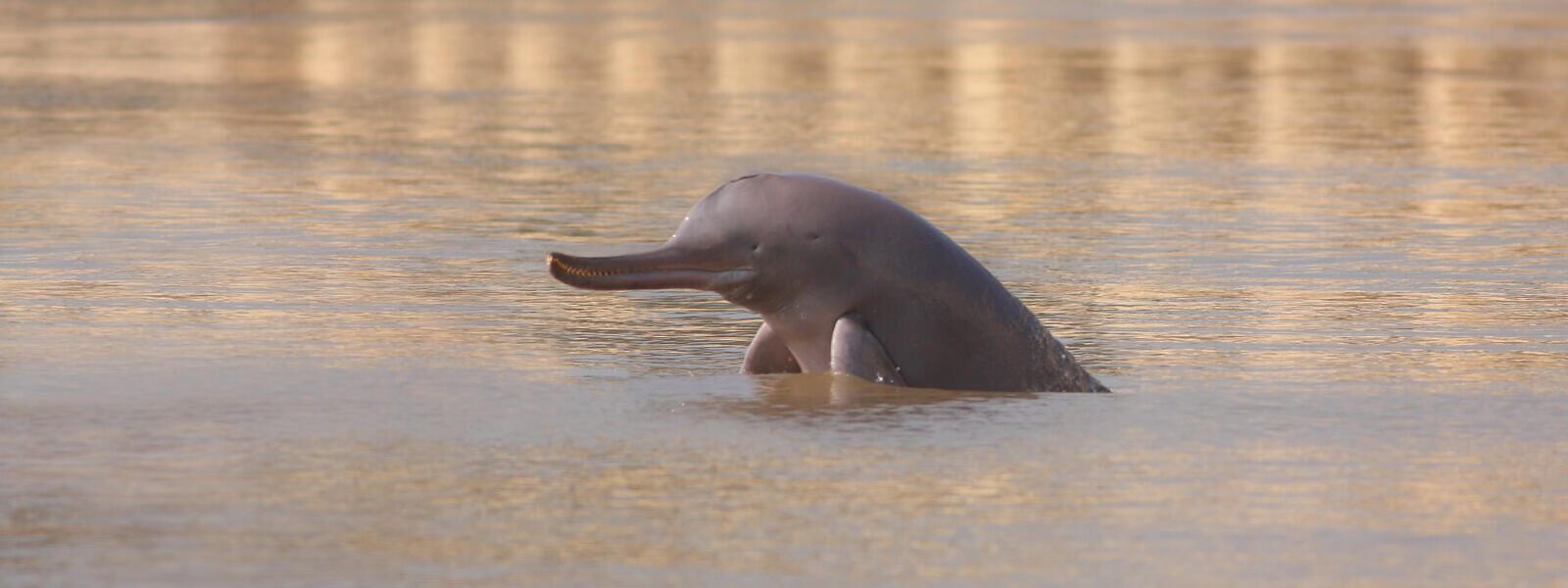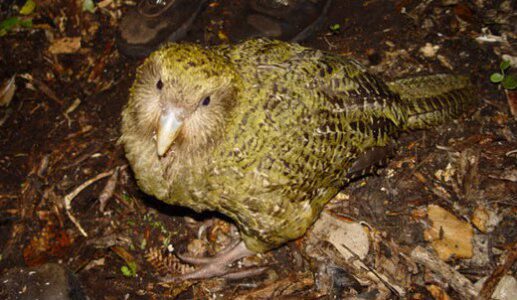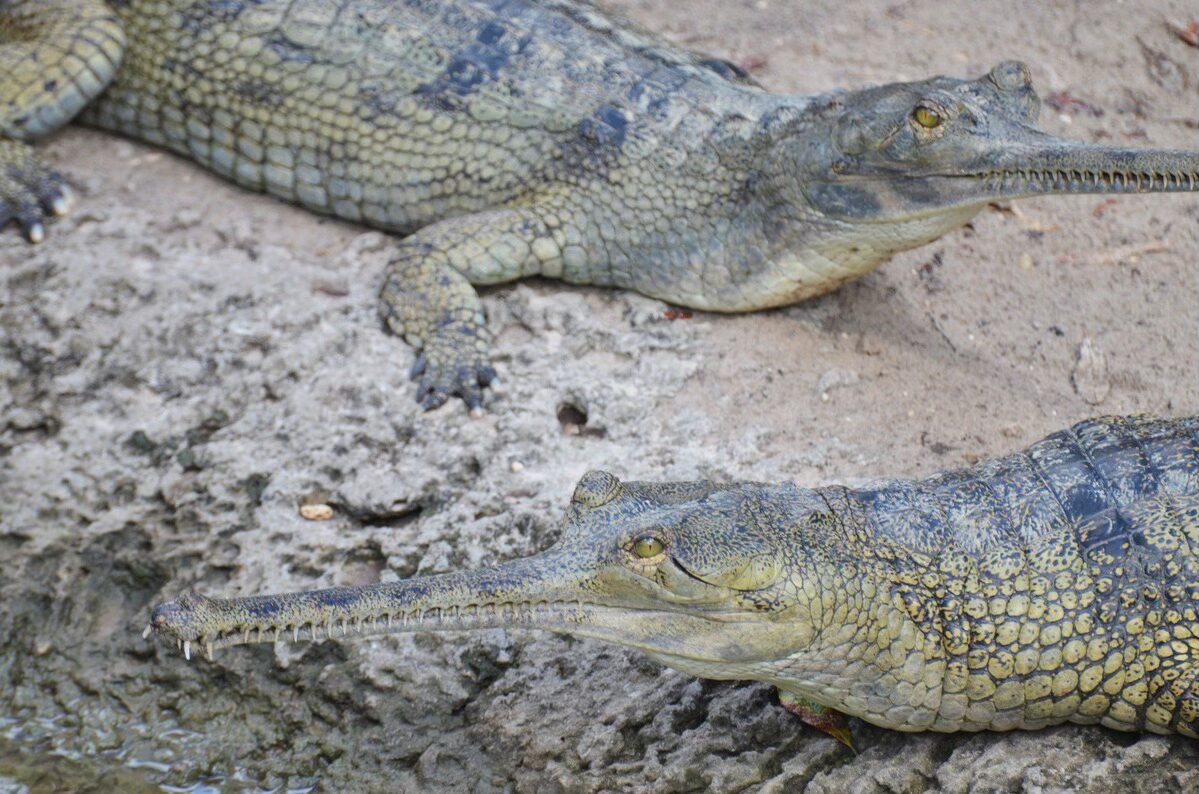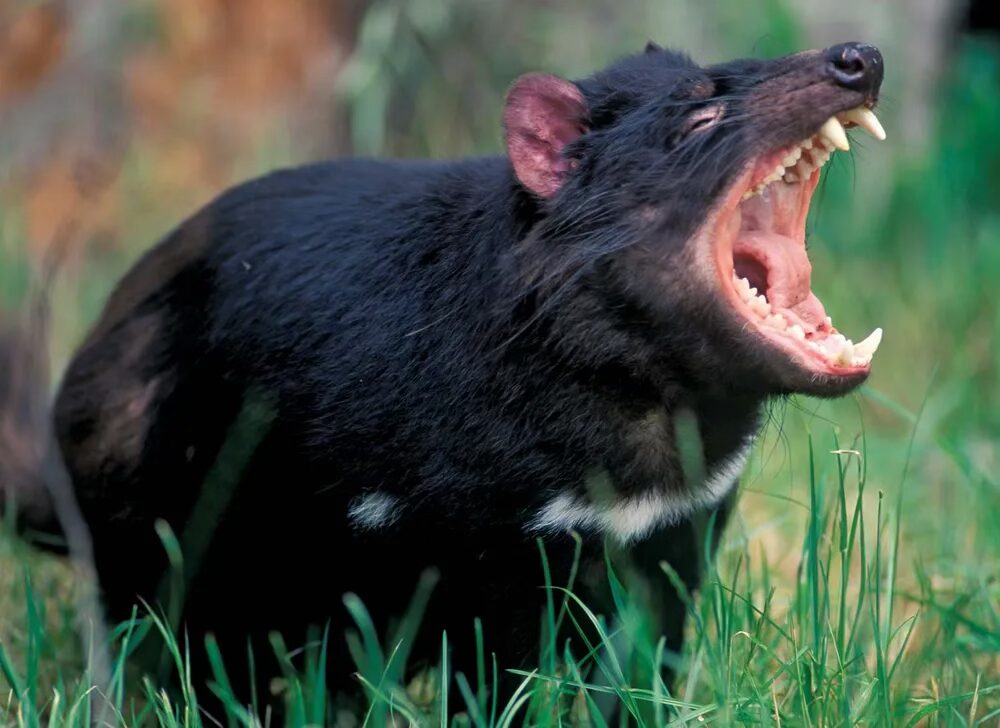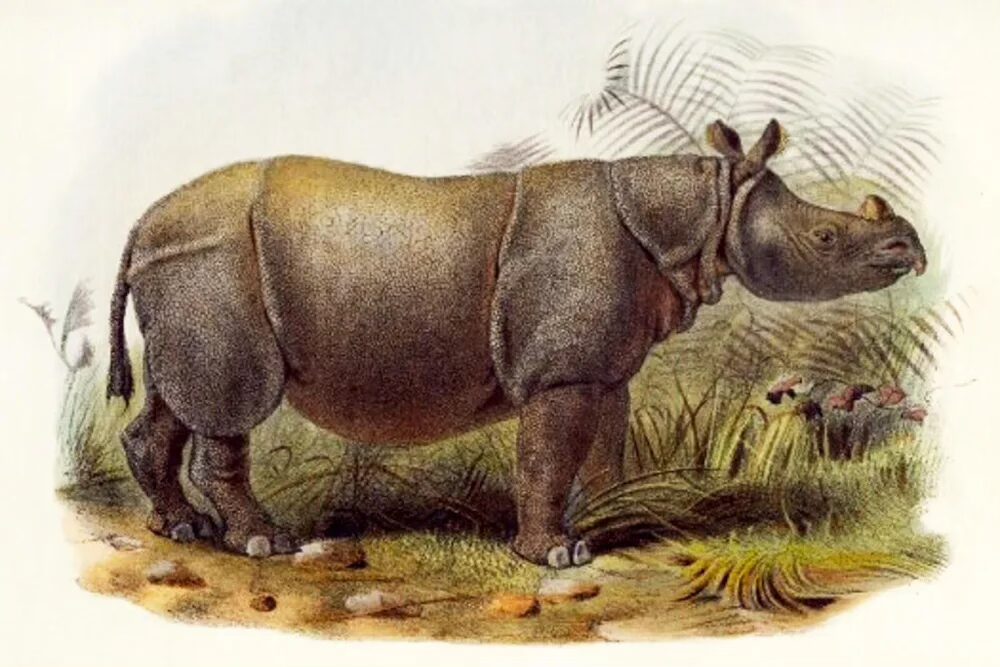
Indus river dolphins are believed to have originated in the ancient Tethys Sea. When the sea dried up approximately 50 million years ago, the dolphins were forced to adapt to its only remaining habitat—rivers. Today, they can only be found in the lower parts of the Indus River in Pakistan and in River Beas, a tributary of the Indus River in Punjab, India. In Pakistan, their numbers declined dramatically after the construction of an irrigation system, and most dolphins are confined to a 750 mile stretch of the river and divided into isolated populations by six barrages. They have adapted to life in the muddy river and are functionally blind. They rely on echolocation to navigate, communicate and hunt prey including prawns, catfish.
Countries aim to halt global decline in river dolphins and enhance the health of their great rivers
Under the Global Declaration for River Dolphins, countries will implement specific actions that will tackle threats to the river dolphins, improve and preserve their habitat, and effectively manage a network of protected areas, among other conservation interventions.
 © Adriano Gambarini / WWF-Brazil
© Adriano Gambarini / WWF-Brazil
WHY THEY MATTER
 © François Xavier Pelletier / WWF-CanonIndus river dolphins are found in Pakistan and River Beas, a tributary of Indus River in Punjab, India. The dolphin is the state aquatic animal of Punjab and WWF-India is working towards its conservation. River Beas is the only habitat of Indus River Dolphin in India. Like other freshwater dolphins, the Indus river dolphin is an important indicator of the health of a river.
© François Xavier Pelletier / WWF-CanonIndus river dolphins are found in Pakistan and River Beas, a tributary of Indus River in Punjab, India. The dolphin is the state aquatic animal of Punjab and WWF-India is working towards its conservation. River Beas is the only habitat of Indus River Dolphin in India. Like other freshwater dolphins, the Indus river dolphin is an important indicator of the health of a river.

